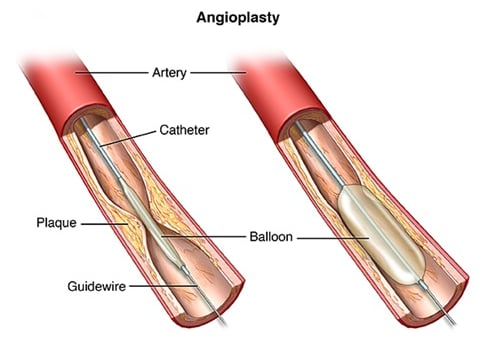The Need for Lower Extremities Stent Angioplasty
The Need for Lower Extremities Stent Angioplasty
Dr. Omar Hamdallah
4/7/20252 min read


The Need for Lower Extremities Stent Angioplasty
Lower extremities stent angioplasty is a modern, minimally invasive medical procedure that has transformed the treatment landscape for individuals suffering from peripheral artery disease (PAD). PAD is a condition where arteries in the legs become narrowed or blocked due to atherosclerosis—the buildup of fatty deposits, also known as plaques. This can lead to reduced blood flow and oxygen delivery to the lower limbs, affecting mobility and overall quality of life.
Understanding Peripheral Artery Disease:
PAD affects millions of people worldwide, particularly older adults and those with risk factors such as diabetes, smoking, high cholesterol, or obesity. The symptoms of PAD often begin subtly, manifesting as pain, cramping, or tiredness in the legs during physical activity, a condition known as intermittent claudication. Over time, if left untreated, PAD can progress to critical limb ischemia—a severe stage of the disease characterized by constant pain, open sores, infections, and even gangrene. In extreme cases, PAD may lead to amputation.
The Role of Stent Angioplasty:
Stent angioplasty provides a lifeline for patients, especially when traditional therapies like medication or lifestyle changes fail to improve symptoms or halt disease progression. The procedure involves inserting a tiny balloon catheter into the affected artery. Once the balloon is inflated, it opens up the narrowed artery. A stent—a small mesh-like tube—is then placed to keep the artery open and ensure uninterrupted blood flow.
Benefits and Innovations:
The minimally invasive nature of stent angioplasty means that it offers a shorter recovery time compared to open surgery. Patients experience immediate improvement in blood flow, which alleviates pain and enhances mobility. Recent advancements in stent technology have also led to the development of drug-eluting stents, which release medications to prevent re-narrowing of the artery—a common challenge in long-term management.
Preventing Complications:
Early detection and treatment of PAD are crucial to avoid severe outcomes like tissue loss or limb amputation. It is equally important for patients to follow up regularly with their healthcare providers to monitor stent performance and manage risk factors like smoking and cholesterol levels.
Encouraging Awareness:
Education about PAD and treatment options such as stent angioplasty can empower individuals to seek medical advice promptly. Healthcare providers and websites can play an essential role in spreading knowledge and providing visuals of the procedure, helping patients make informed decisions.
© 2024. All rights reserved.
Contact Us
Tel: +96265626538
Email: doctor@jordanvascular
Address: 29 Adib Wahbeh Street
Jordan Hospital Medical Center, Third Floor, Amman, Jordan
Hours:
Saturday to Wednesday: 9 am to 5 pm
Thursday: 9 am to 2 pm
